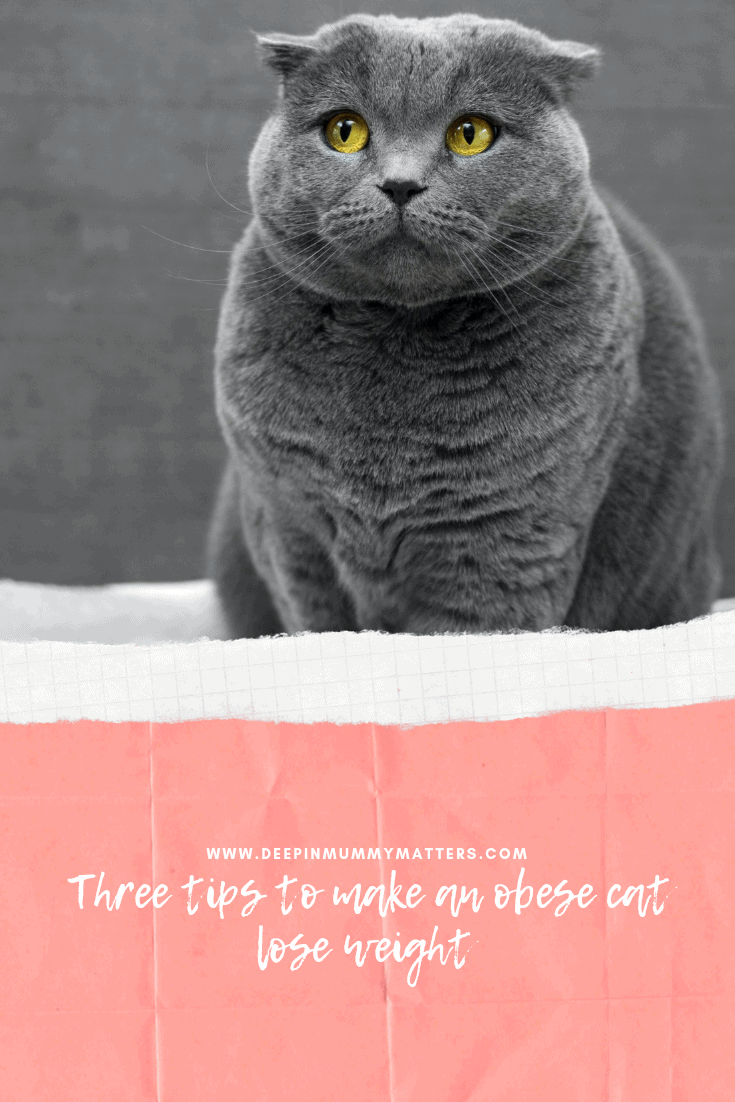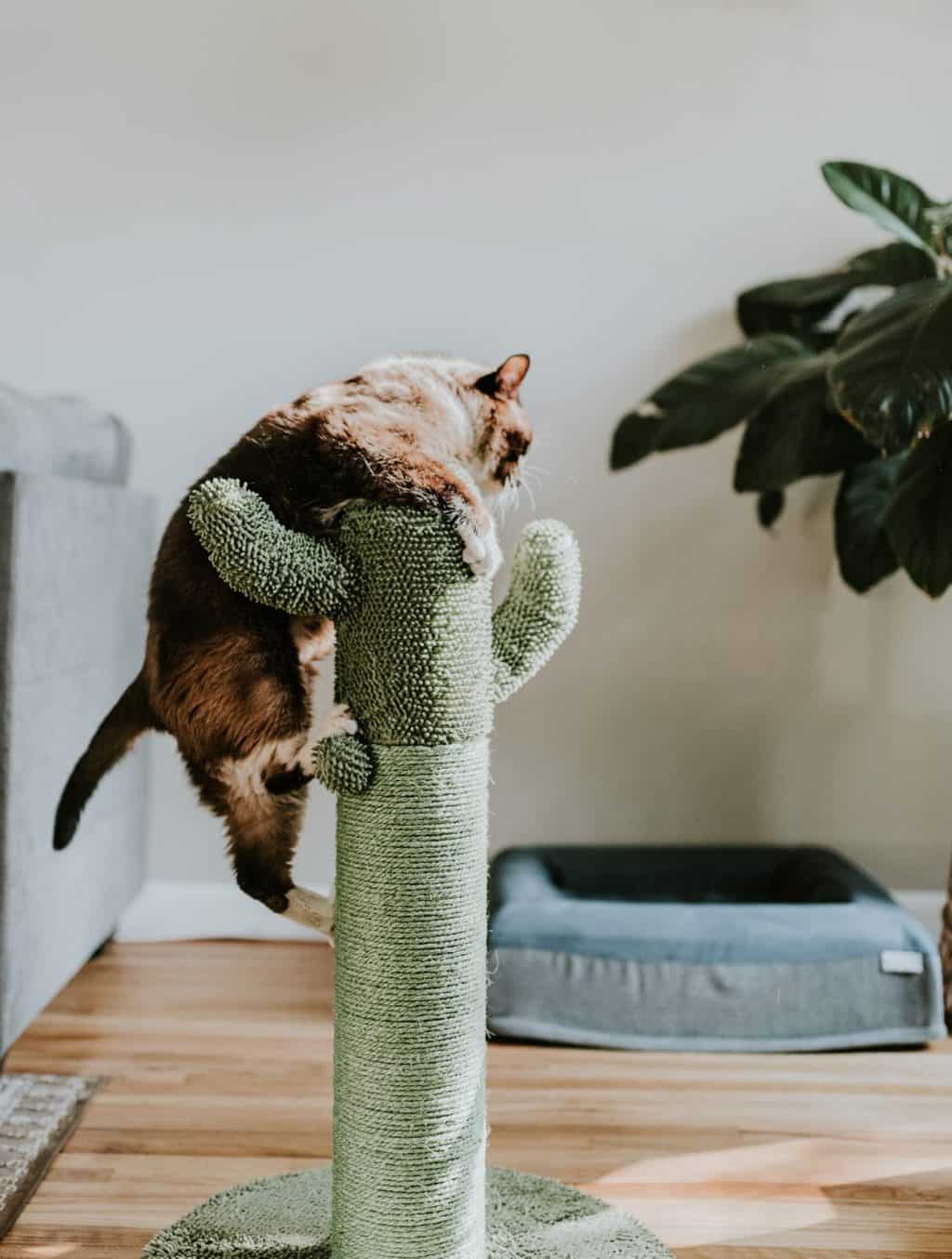There is nothing cuter than a tubby cat if the videos online are anything to go by. Nevertheless, feline obesity can cause serious health complications for your overweight cat and could shorten its life by months, if not years. A cat that is the ideal weight is more agile and tends to live life to the full in the best way, unlike an obese cat. You are also likely to enjoy your cat’s company without increased risk for a lot longer.
Why some cats put on weight

The obvious reasons for feline weight gain are access to too much food and too little exercise and physical activity, causing weight issues. However, cats might gain weight for other reasons. These include illnesses such as diabetes, hypertension, congestive heart failure, and urinary tract infection.
A nutritious cat multivitamin can go a long way toward improving your cat’s health and weight. If your feline has picked up weight and you are unsure why it is best to request the assistance of your veterinary healthcare team as your departure point. Your vet can thoroughly assess the cat’s health to determine the cause of its obesity and body size.
The guidelines for obesity state that a cat should weigh 20% more than what an average feline its size weighs. A vet will put your cat on the scale to see if it is a normal weight, overweight or obese. Having determined the general guideline, the veterinarian will rule out any health conditions that could lead to excess weight gain. Once you know why your kitty is overweight, you can take the necessary steps to create a weight loss plan.
Here are three valuable tips to help your obese cat lose weight:
Count calories

We are what we eat, and this is no different for felines. Diet is an essential component of weight loss for cats, much like humans, and the number of calories. While putting your cat on a weight reduction program and getting it to a target weight will not be easy, it is entirely possible.
You will need to find your cat’s ideal body weight, review what it is currently eating, and investigate each portion’s calorie count. Your preferred brand may have the essential nutrients but be calorie-rich which is why you should do your research via Nutra Thrive reviews; used on a regular basis may cause your kitty to gain weight. This can be determined by scanning the ingredients list on the cat’s food bag. Typically, the bag will also give the adult cat owner an indication of how much each serving should contain. It might be the case that you have been dishing up far too much food.
Another option is to look at the diet of cat food and a daily cat supplement. This food type has reduced calories and is designed to help overweight and obese cats. Several brands have a diet food version. If you are struggling to decide which is the best first step for a steady cat’s weight loss, a good idea is to ask your veterinarian for the best feeding schedule.
As an average domestic cat ages, its metabolic systems slow down, much like their human owners. This results in weight gain. If your cat is about seven, it could be time to consider senior cat food. The ingredient formulation is specially balanced to suit older cats’ needs. As with diet foods, several senior food brands will be at your disposal, and you may need to get some guidance from a vet. Additionally, discuss an L-Carnitine supplement, which is known to boost a feline’s metabolism.
Exercise
Cats spend an extraordinary amount of time sleeping. However, they need to be active during their waking hours to maintain a healthy weight. Monitor your house cats’ activities to see how much exercise they include and whether it is enough to exercise for a healthy, steady weight loss.
Cats tend to exercise in short spurts before returning to their favourite activity: sleeping. While some cats can entertain themselves, many need some help from their human owners. Arrange a few play sessions with your feline each day. Make it fun by introducing some kitty toys, such as foil balls, laser pointers, string pieces, or even feather toys. There is no need to spend vast sums of money on feline entertainment. All it takes is a little creativity. And a slight change daily.
Invest in a climbing post for your cat. Jumping and scaling its heights is an effective way to give your cat some of the exercises it needs to lose extra weight. Most climbing posts include a safe place for the kitty to rest and soon become a firm favourite, especially if there are various textures for their paws to explore.
Snacking

Most cat owners fall for those sad feline eyes when a kitty spots a snack and guilt trips them into providing it. Snacking between meals will not help your cat’s diet and weight loss program. Indeed, it can create health issues and pack all the pounds your cat lost back on if you do not exercise restraint. Most domestic cats treats contain high-calorie levels. Do your utmost to avoid succumbing to the begging and meowing.
Cats are also notorious for food intake throughout the day. This is a common cause of overfeeding and many extra pounds and weight gain. Break this habit by leaving your feline’s food out for an hour or two a day and then removing it to prevent calorie intake. Additionally, give your cat some extra exercise by placing its food bowl in different locations around the house. It is a great way for Kitty to do some hunting to find its dinner.


